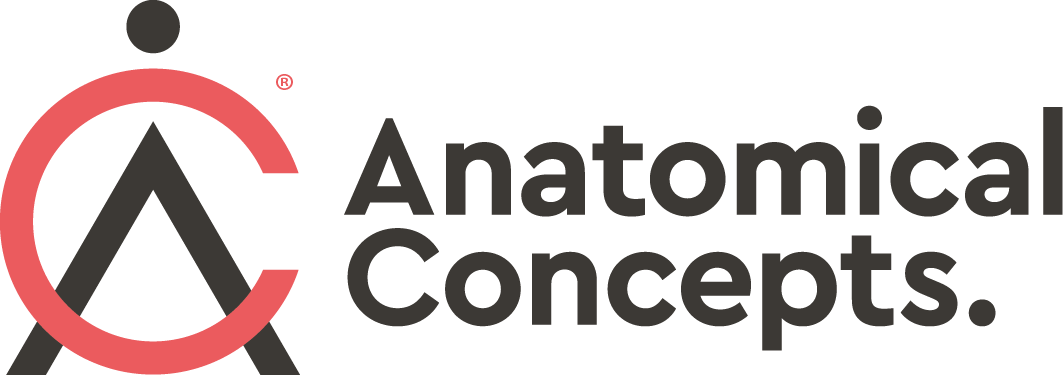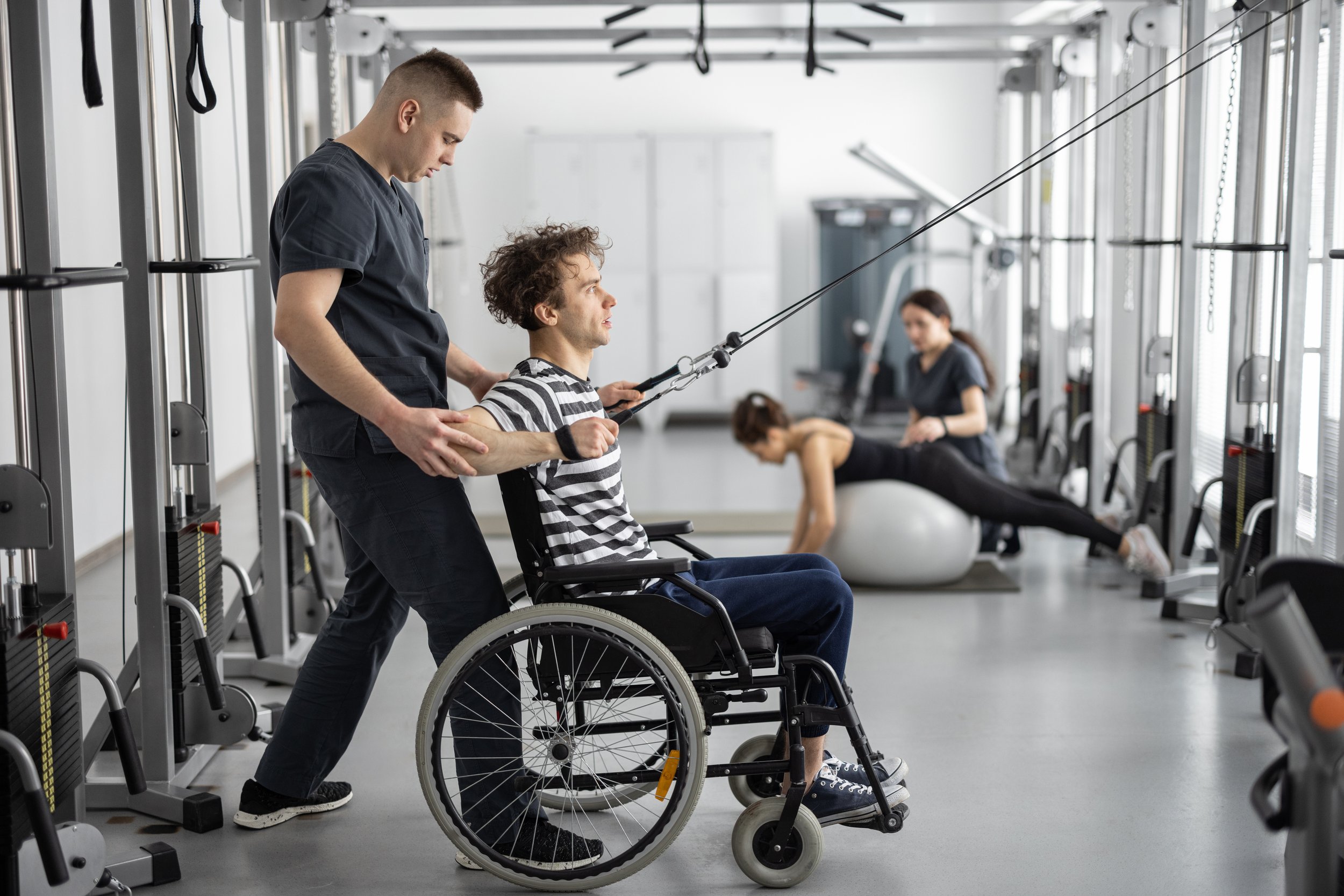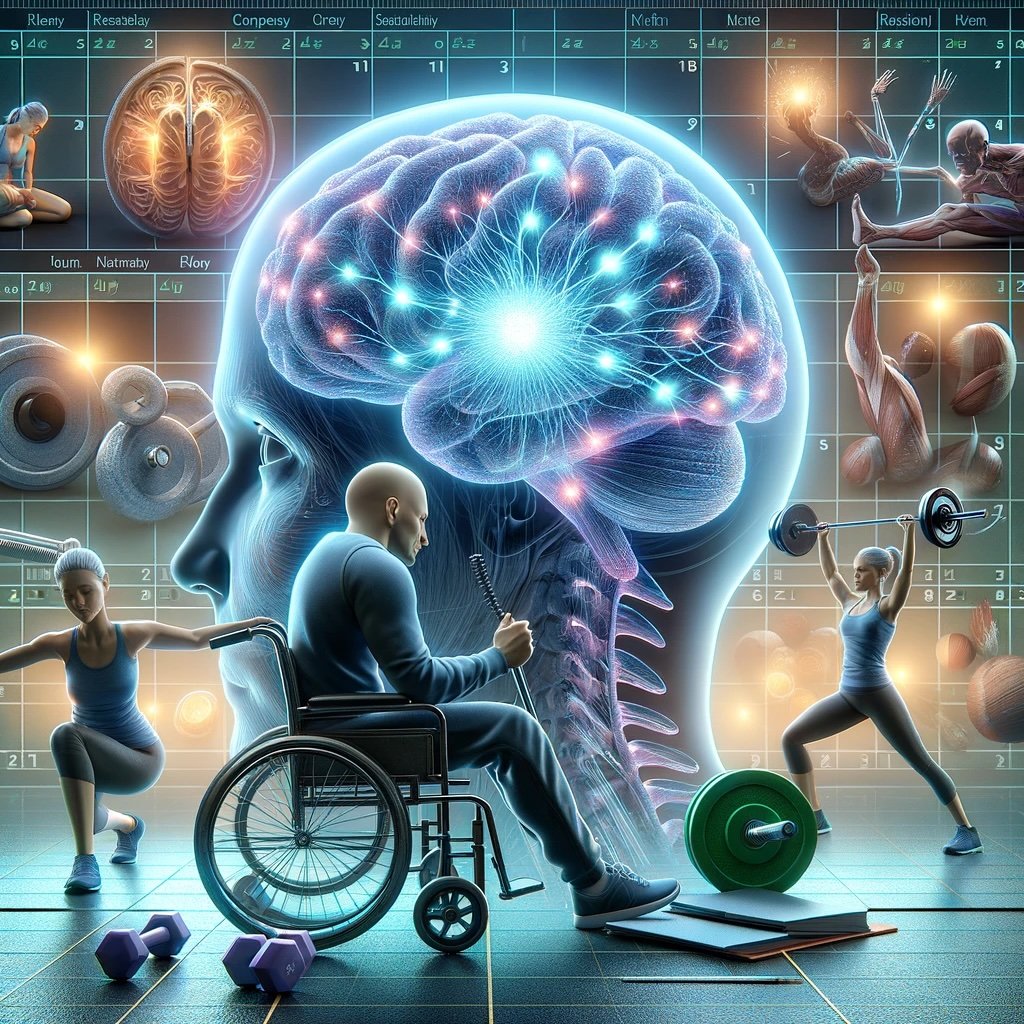Articles
Filter by Topic
- Adaptive Sport 1
- Artificial Intelligence 1
- Bike Labyrinth 3
- Bone density 1
- Bridging the Gap 1
- Bridging the Gap 1
- Carbonhand 4
- Cardiovascular 1
- Client Stories 4
- Cognition 1
- Company Updates 3
- Decision Making 1
- Dementia 1
- Denervation 20
- Diabetic Foot 12
- Efficiency 1
- Electrotherapy 26
- Exercise Benefits 28
- FES Cycling 8
- Functional Electrical Stimulation (FES) 48
- Gait 2
- Goal Setting 5
- Grip 3
- Healthspan 2
- Indego 13
- Lifestyle 8
- Lower Motor Neuron 1
- Mobility 16
- Motivation 2
- Nerve injury 1
- NexStride 1
- Occupational Therapy 1
- Orthotic 15
- PRAFO 22
- Pain 5
- Parkinsons 2
- Pressure Ulcers 10
- Product Updates 7
- RISE Stimulator 8
- Safety 1
- Sponsor 1
- Standing 3
- Stimulette den2x 5
- Support 1
- TENS 1
- Technology 17
- Tek RMD 20
- Tips and Gadgets 4
- Training 5
- Transverse Myelitis 1
Article Length
- 1 minute read 3
- 10 minute read 7
- 11 minute read 4
- 12 minute read 6
- 15 minute read 6
- 18 minute read 1
- 19 minute read 1
- 2 minute read 4
- 26 minute read 1
- 27 minute read 1
- 28 minute read 1
- 3 minutes read 9
- 4 minute read 33
- 5 Minute read 11
- 6 minute read 5
- 7 minute read 13
- 8 minute read 4
- 9 minute read 3
- FES 2
- FoG 1
- PRAFO 1
- Seven Minute Read 1
- awareness 1
- carbonhand 2
- cognitive 1
- cues 1
- freezing gait 1
- freezing of gait 1
- gait 1
- neurological 1
- neuroplasticity 1
- nexstride 2
- occupational therapy 1
- occupational therapy day 1
- orthopaedics 1
- orthotic 1
- parkinson's 1
- pressure 1
- pressure relief 1
- prevention 1
- rehabilitation 2
- stroke 1
- ulcers 1
- world stroke day 1
Supporting the Adaptive Heavyweights at Stirling Highland Games
ACUK are proud to be supporting three years of Adaptive Heavyweight Competition at Stirling Highland Games. This year 6 athletes from the Wounded Highlanders will compete with the hopes of breaking some new world records.
The Wounded Highlanders is the only UK adaptive Highland Games team, with over 30 athletes in the squad who are injured military veterans, with injuries from limb loss to brain injury to PTSD.
Measuring performance in spinal cord injury rehabilitation: New possibilities?
Many of us today walk around or exercise with products that sense many aspects of our daily activity. Smartphones and sensor developments mean that we can be more in tune with what is happening to our health and fitness. My Suunto watch monitors my heart rate and heart rate variability, blood oxygenation, skin temperature and activities in many ways. It can nudge me to exercise more, tell me how I recovered from exercise and alert me to how well or how badly I am sleeping.. I personally do like having these insights, but of course, some people will hate the idea of this.
The smartwatch and related sensor technologies have opened up some new possibilities. In this article, im going beyond the smartwatch of today and take a look at what additional sensor technologies might assist us with spinal cord injury rehabilitation in the near future. In particular, we take a look at two sensor areas that have grown in popularity with elite athletes - Muscle oxygen sensing and Lactate sensing. If you want to know why, then read on.
Electrical stimulation can condition muscles or help with pain. How do the techniques differ?
Electrical stimulation is a widely used method of applying energy to the body to produce a physiological response. By controlling the nature of this energy, we can expect to produce a useful therapeutic effect. These ideas have decades of practical use and are generally safe and effective in many situations. Still, it can be difficult to understand how to match one of the many techniques to a particular clinical case. This article delves into methodologies and technologies for pain management and muscle rehabilitation. We explore innovative solutions that offer customised and effective treatment plans, ensuring optimal patient outcomes.
Can Electrical Stimulation Help Denervated Muscles Recover?
This article explores the role of electrical stimulation in the recovery of denervated muscles, detailing its mechanisms, clinical guidelines, and home-based applications. It highlights recent research, current limitations, and future directions, offering insights for medical professionals and patients.
FES encourages Neuroplasticity - and why that's a good thing.
Functional Electrical Stimulation (FES) has been a widely used technology in rehabilitation for many decades. But did you recognise how FES can contribute to neuroplasticity. Varying the nature of the stimulation and how we apply it can have many effects and be an essential tool to facilitate constructive neuroplasticity when recovering from a stroke or other neurological condition. We know now that our nervous system remains "plastic" throughout our lives, and this fact has been a great source of hope for those recovering from a neurological insult. But what is neuroplasticity, and do we understand how to leverage it? In this article, we examine this topic and examine how FES can support neuroplasticity as part of physical rehabilitation that aims to recover function following a stroke or other neurological problem.
Pitfalls in measuring healthcare outcomes
This article discusses how to counter Goodhart's Law in healthcare, focusing on quality metrics and patient outcomes. You might not have heard of Goodhart's Law, but it describes an extremely common tendency that has almost certainly affected us all at some point.
The temptation with complex services such as healthcare, is to focus on some simple metric that might reflect overall performance. Unfortunately this often results in misrepresenting the true performance of the system.
This article offers strategies to balance care quality with quantitative measures, enhancing rehabilitation services.






